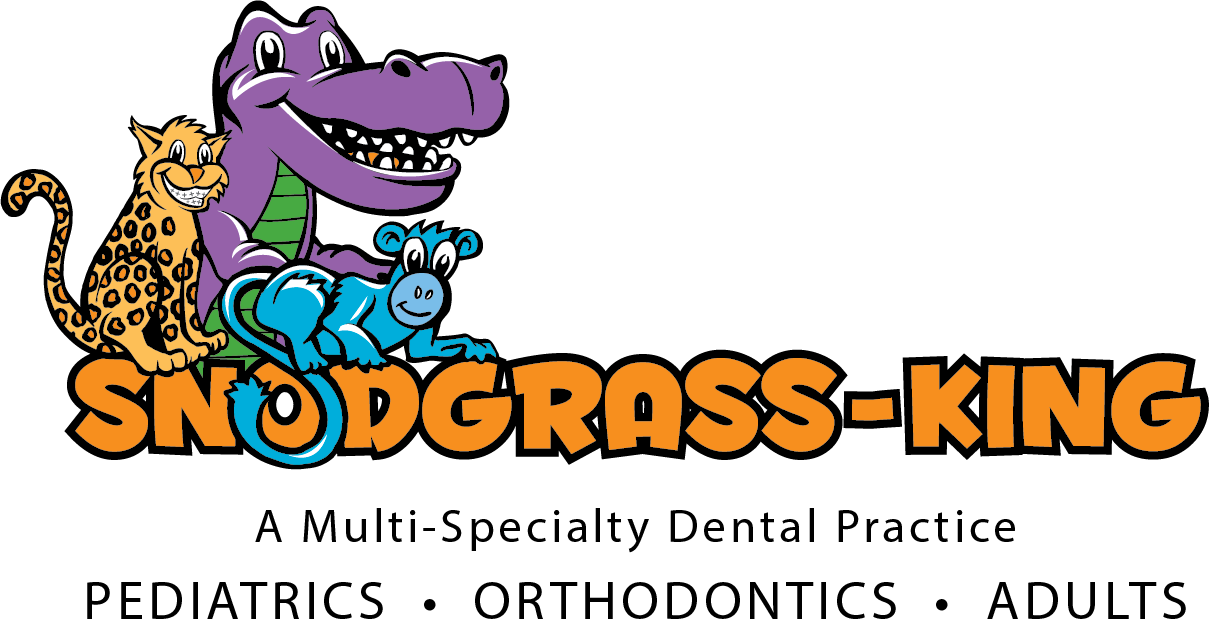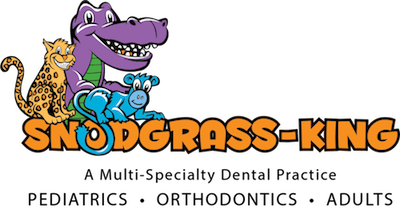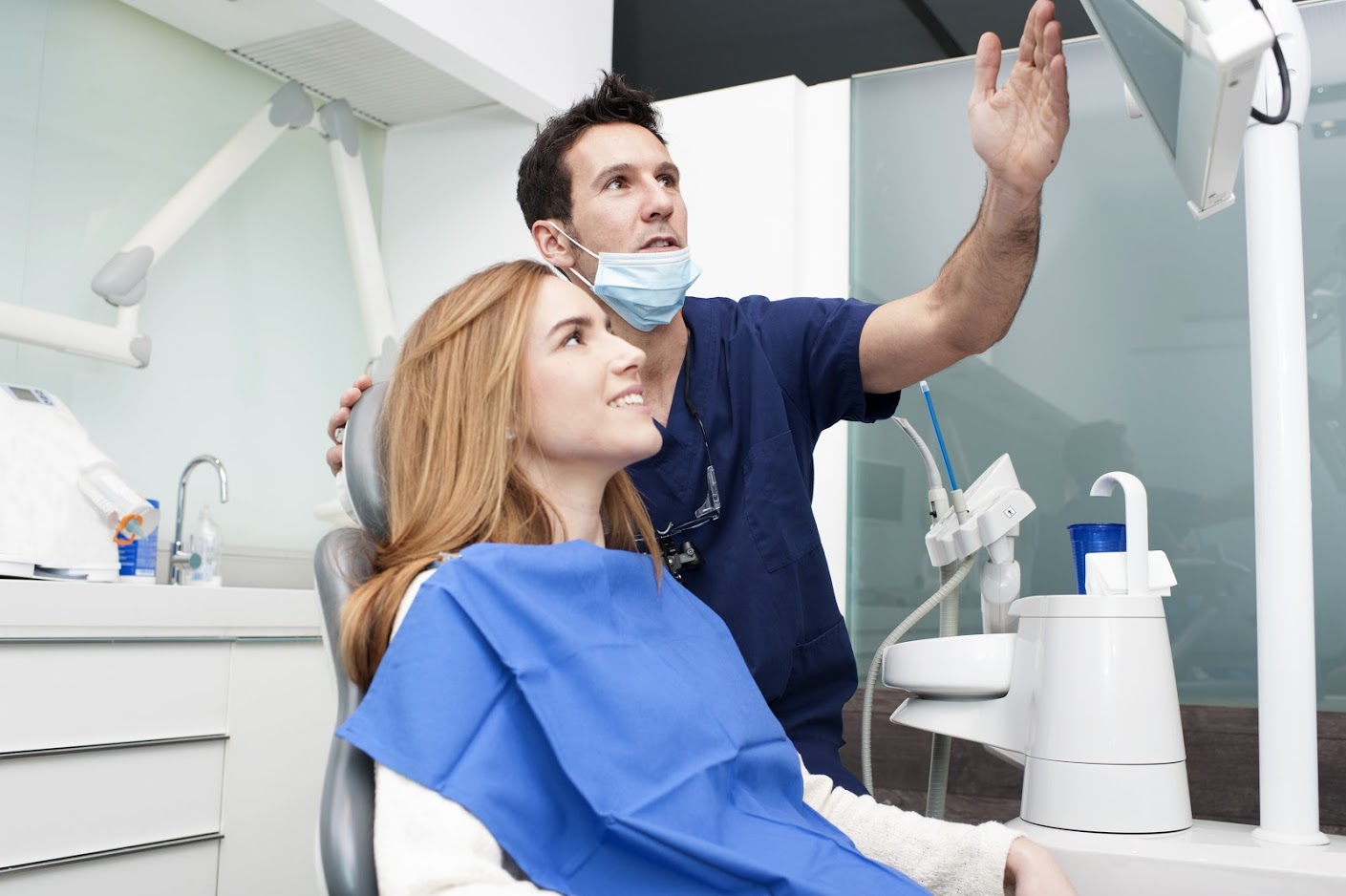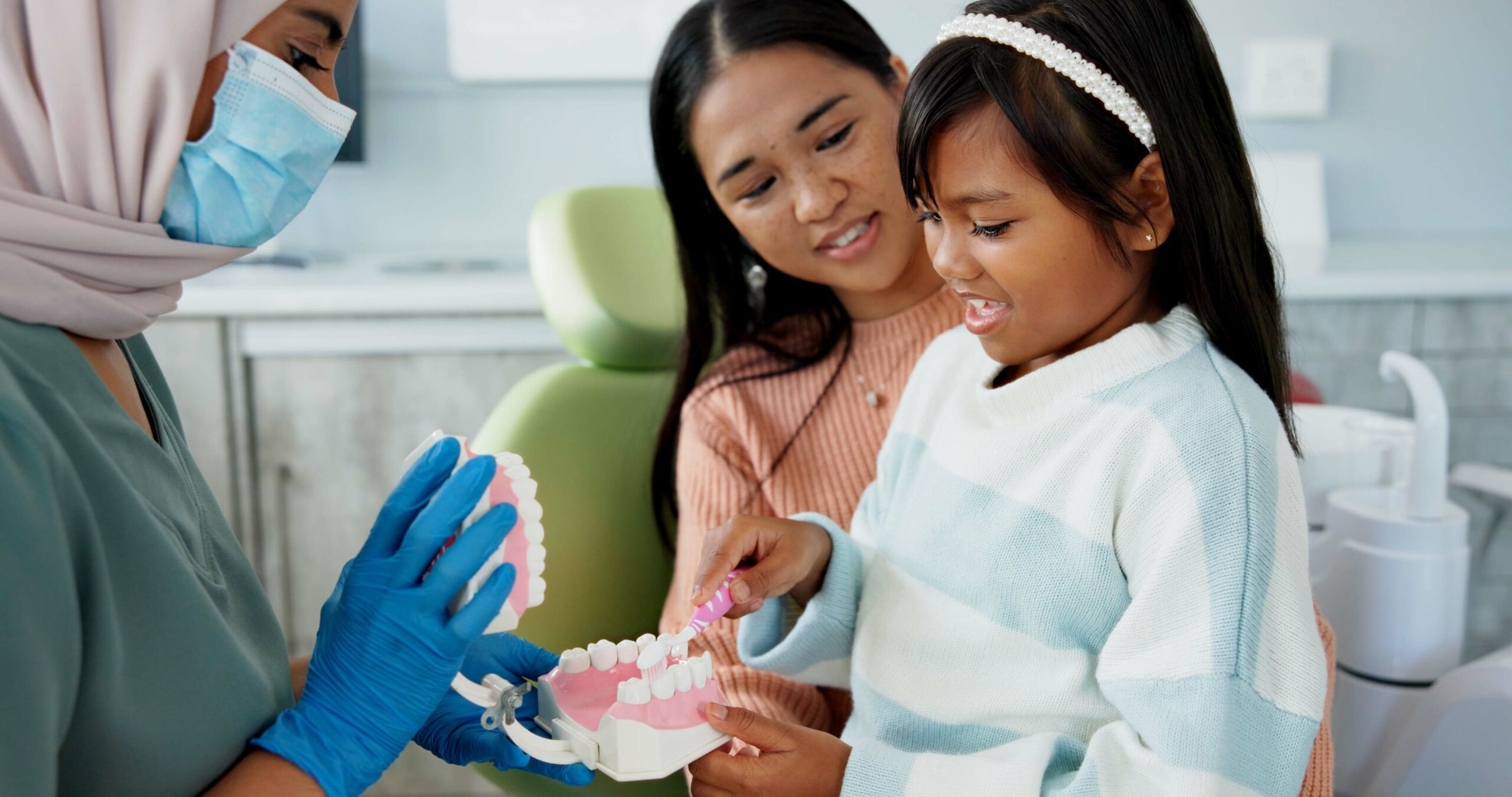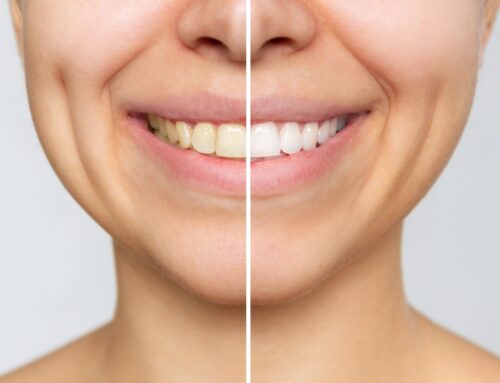Understanding Sedation Dentistry
Trips to the dentist may invite anxiety for some people. However, oral hygiene is extremely important to your dental health as well as your overall health and confidence. Unfortunately, fear keeps some adults from visiting the dentist regularly. Studies show that many adults can have some level of dental fear ranging from mild to severe. Many children are just as scared if not more terrified of the dentist. For your children, it is important to create a pleasant and healthy response to going to the dentist.
Thankfully, sedation dentistry for pediatric procedures allows for a much more enjoyable experience for children of all ages.But, many people haven’t heard of sedation dentistry as an option when going in for their dental check up.
Snodgrass-King dentists can help reduce any apprehension or enable your child to get needed dental work with sedation. Here is what you need to know about sedation dentistry.
What Is Sedation Dentistry?
Sedation dentistry employs the use of different medications to help a patient relax before and during their appointment. Sedation during dental procedures can also help patients who have fear or anxiety surrounding dental visits. The goal of sedation is to make patients feel comfortable throughout their entire dentists visit.
Sedation for Children
Sedation is also an option for children during dental visits for children who have heightened anxiety around dental appointments, or for more invasive dental work. Using sedation can be useful during longer amounts of time spent in the dentist chair to keep children relaxed and comfortable.
However, there are some risks and side effects associated with sedation for children and adults like:
- Drowsiness
- Confusion
- Nausea
- Sore throat
- Headache
These side effects can last anywhere from a couple hours to a couple days. Not following the pre-sedation food and liquid instructions could enhance certain side effects. Also be sure to follow any post-operative instructions, since these side effects can be experienced after the ride home.
It’s important to consider these risks, and discuss with your child’s dentist their medical history, and if sedation is a right option for your child.
Sedation for children during dental visits is an option, but there are risks associated,so parents need to ask questions and choose a dentist experienced in pediatric sedation dentistry. There are different levels of sedation available.
What Types of Sedation Are Available?
The type of sedation a patient receives depends on their anxiety levels, activity level, and the dental procedure. Parents, be sure to speak to your pediatric dentist about which type of sedation is best for your child. Light sedation is most commonly recommended for children.
In some cases, your dentist may use some or all of the different types of sedation available. Dentists often use sedation medications in conjunction with local anesthetic injections that numb your mouth while the dentist works on your teeth. Most people call this Novocain, but this drug has been replaced as better ones are available. Most dentists now use Lidocaine instead.
Here are some of the types of sedation available for patients when visiting the dentist.
Inhaled Sedation
One of the most commonly used types of sedation dentistry is nitrous oxide. It is known as laughing gas. While you may not necessarily be laughing, you will feel very relaxed. The effect is similar to having a couple of glasses of wine. Unlike wine, the effects quickly wear off after the dentist removes the nasal breathing apparatus. In fact, the effects are so short-lived, you can usually drive yourself home immediately following your appointment.
Oral Sedation
Also referred to as enteral sedation, oral sedation is medication taken by mouth. The prescription drug Halcion, prescribed for insomniacs, is a common choice among dentists. Your dentist will have you take the prescribed dosage, which is a smaller dose than that prescribed for insomnia, about an hour before your appointment. The medication will have a calming effect and will make you drowsy. Halcion can also impair your memory. If your dentist prescribes Halcion, they will likely tell you to have someone drive you to and from your appointment.
Be sure to let your dentist know if you are on any opioid medications as their use is contraindicated with Halcion. You should also avoid grapefruit and grapefruit juice, as it can increase side effects.
Intravenous Medication
With intravenous medication, your dentist or the nurse will start an IV in a vein in your hand or arm to inject the medication directly. Frequently used medications include midazolam, propofol, ketamine, and dexmedetomidine. The dentist uses these drugs when they want to induce a deeper level of sedation.
While you may still be awake, you will be very relaxed and have less awareness of what is going on. Some people do drift off. Intravenous medications have more risks associated with them, particularly respiratory depression and lowered blood pressure and heart rate.
Your dentist will monitor your vital signs when using intravenous medication. Dentists who provide intravenous medication as part of their sedation dentistry practice must receive specialized training.
General Anesthesia
General anesthesia, where you are completely unconscious, is typically only used in extreme cases. For example, when wisdom teeth are impacted and need surgical removal. Another reason is if a child is developmentally disabled and unable to have their teeth worked on, your dentist may recommend general anesthesia.
While sedation dentistry does have its risks, the benefits often outweigh the alternative — not going to the dentist at all. Contact us today to discuss your sedation dentistry options and make an appointment.
If we feel your child is not at the appropriate level of sedation, nitrous oxide may also be utilized. Nitrous oxide (laughing gas) is a safe, colorless, odorless gas. It is taken in with normal breathing and is quickly eliminated from the body.
Alternatives to Sedation During Dental Appointments
For those who are hesitant to receive sedation during a dental appointment, there are alternatives to be aware of which may be a right option for some patients.
Alternatives to sedation during dental procedure include:
- Distraction Techniques: Utilizing entertainment options like watching a movie, listening to music or a podcast, can offer patients a healthy distraction during a dental procedure. Distractions like these can shift the patient’s focus from the procedure at hand to a story or song instead.
- Topical Treatments: Numbing treatments can be applied to the gums, or area where dental procedures will be performed, to better ease discomfort for the patient. Topical treatments allow for patients to still be cognitive of what is occurring, but not experiencing major discomfort or pain that can come with certain dental procedures.
Sedation Side Effects
Side effects from sedation are rather common in most patients, but can look different in adults vs. children. Most side effects subside within a few hours. Common side effects of sedation in children to be aware of include:
- Drowsiness
- Nausea or/and vomiting
- Irritability
- Sore throat
Side effects that are common in adults following a dental procedure with sedation includes:
- Fatigue
- Nausea
- Dry mouth
- Headaches
- Memory problems
Again, most of these side effects subside within a few hours. However, if you or your child experience difficulty breathing or an allergic reaction following sedation, contact your medical provider immediately.
Sedation Dentistry FAQ
Is Sedation Dentistry Covered by Insurance?
In most cases, sedation during a dental appointment is elective, making them ineligible for insurance coverage. However, if sedation is necessary during a tooth extraction, such as wisdom teeth removal, then insurance may cover the appropriate sedation.
To know your coverage, connect with your insurance provider prior to any dental procedure where you anticipate sedation to be used.
How Should Patients Prepare for Sedation During a Dental Procedure?
If you have an upcoming dental appointment, and know that you will be assisted with sedation, your dentist should provide you with an outline to prepare for sedation. In general, some instructions your dentist may provide you with in preparation for sedation includes:
- Fasting
- Avoid certain medications
- Ensure you have proper transportation from your appointment
- Staying hydrated
- Arrive early to appointment
Pre-sedation instructions will look different for each patient based on the sedation being used, and what type of procedure the patient is undergoing. The bottom line is to follow the instructions your dental provider has given you for a successful dental procedure with sedation.
Can Patients with Special Needs Benefit from Sedation Dentistry?
In some cases, special needs patients may opt for sedation during a dental appointment for relaxation and comfort. Since dental visits can be overwhelming and overstimulation with noises and movements, special needs patients may benefit from certain types of sedation. Again, consult with a skilled dental provider to ensure sedation is a beneficial option if your child has special needs.
Safe Pediatric Dentistry in Middle Tennessee
At Snodgrass-King Dental, we are proud to have both a professional and kid-friendly environment that reduces dental anxiety in all ages. By saving parents the headache and kids the stomachache, we hope to provide a friendly, family environment for everyone. Curious about pediatric sedation dentistry? Request an appointment with us at Snodgrass-King.
With four locations in the greater Nashville area, you will be sure to find the nearest location at a convenience for you! We look forward to meeting you.
